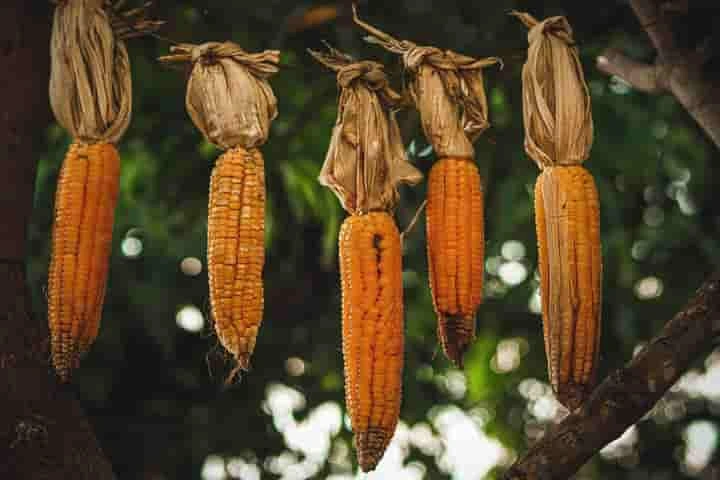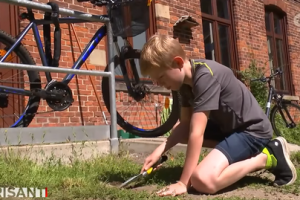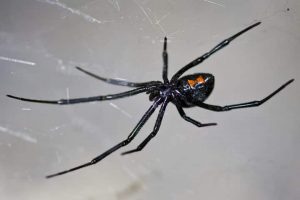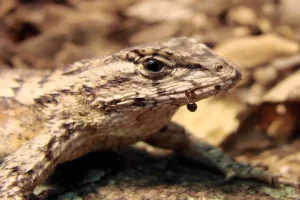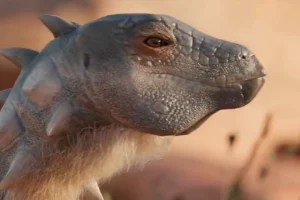Just as customs and traditions of a community or region have a back story or stories, the staple diet of a place and people too have a background. Take for instance maize becoming the dietary staple of the Mayan region located in Mexico’s southeastern area and northern Central America. More than 5,600 years ago they turned into maiize eaters because of mass migration, according to a new study, reported in the website smithsonianmag.com.
The large-scale movement of people brought about making maize the primary food of the people of the region which is contradictory to the earlier held belief that the spread of this crop took place as people of the neighbouring regions exchanged expertise and knowledge about farming.
The details of this recent study were published in Nature Communications last week.
The team of researchers was led by Keith Prufer, the University of New Mexico environmental archaeologist along with Douglas Kennett who is archaeologist at the University of California, Santa Barbara. The group dug out 25 skeletons. These remains were found inside two cave sites situated in the Maya Mountains of Central America’s Belize, reported Science Daily.
Also read: Instead of turning them into chocolate, Mayan people used cacao seeds as money
The age of these skeletons varied from 3,700 to 10,000 years and they were subjected to DNA analysis.
Following the DNA analysis of these well-preserved ancient bodies, the scientist compared them to the DNA of present-day people living in the Americas. Reporting for Science, Ann Gibbons wrote that the DNA obtained from those people who were buried at these sites between 9,600 and 7,300 years ago was very similar to that of the hunter-gatherers who had moved from North to South America.
The DNA analysis of those skeletons which were 5,600 years old and younger told a different story. Their DNA was quite similar to that of Chibchan-speaking Indigenous people. These people at present live in the area which falls between northern Colombia and Costa Rica. More than half of the DNA of the nearly seven million Maya who live in Central America comes from those who speak Chibchan language.
Talking about this exodus, David Reich, a Harvard University population geneticist observed: “It’s clearly a major movement into the Maya region of people related to Chibchan speakers.”
Reich led the extraction of the DNA which helped uncover the migration which was not known earlier.
In a study done in the past, Prufer and Kennett had come across a gradual and regular hike in the consumption of maize among the Maya over a period of time. There was a significant rise in the period between 5,600 and 4,000 years ago. The upsurge in the maize consumption going up from 10 per cent of the Maya diet to 50 per cent took place, as they understood now, at a time when the southern Chibchan speakers started arriving.
The completely domesticated maize crops started coming about nearly 6,500 years ago in Bolivia and Peru and in these areas, the farmers began to develop varieties of cobs that were larger and more robust.
Also read: 800-year-old Mummy spotlights indigenous communities in Peru
Further, the co-author of the new paper, David Mora-Marin discovered that the Chibchan word for maize had been adopted and became part of a Maya language. Mora-Marin is a linguistic anthropologist at the Chapel Hill’s University of North Carolina.
These are all pointers to the migrants from south bringing in the fully-domesticated maize plants with them to the Maya region.
The position occupied by maize in the Mayan diet is similar to that of wheat among Europeans. Easy to store in a dry place it gave those consuming it protein and sugar. It had become an integral part of the diet of every Native American group when the Spanish landed there in 1500 CE.
Maize helped the community to settle down in one place and prosper in agriculture thereby allowing them to form larger groups and empires, stated Phys.org.






